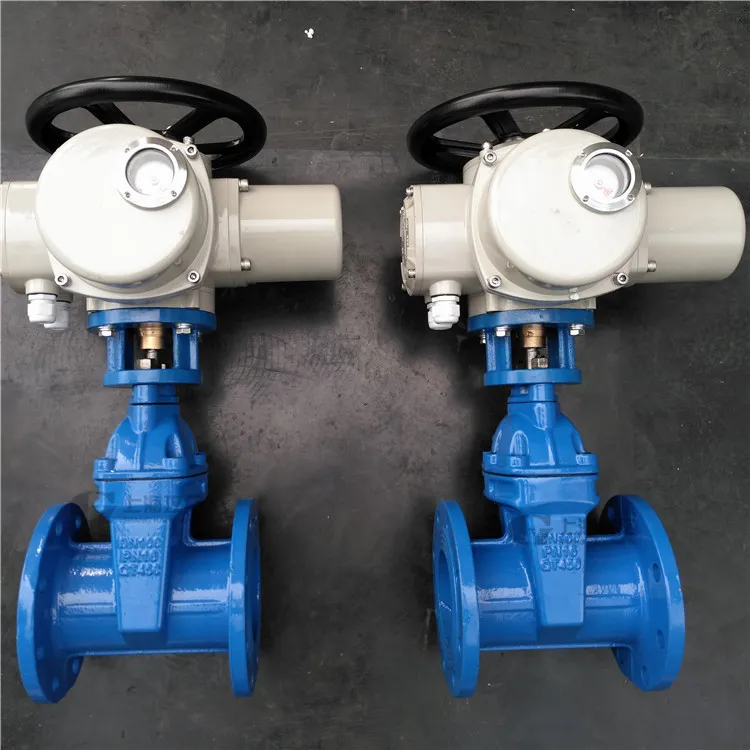Oct . 31, 2024 01:19 Back to list
gate valve 14 inch
Gate Valves A Comprehensive Overview of 14-Inch Models
Gate valves play a crucial role in a variety of industrial applications. They are primarily designed to allow or obstruct the flow of fluids through pipelines. This article provides an in-depth look at 14-inch gate valves, exploring their construction, functionality, applications, and maintenance considerations.
Construction and Design
A 14-inch gate valve is characterized by its robust design, which is ideal for high-pressure and high-temperature applications. Typically constructed from materials such as cast iron, stainless steel, or bronze, these valves ensure durability and longevity. The main components of a gate valve include the body, bonnet, gate, stem, and actuator. The gate, which is the sealing element, moves up or down to either allow or block fluid flow.
The nominal size of 14 inches refers to the inner diameter of the valve, which corresponds to the size of the pipeline it is designed for. This size of gate valve is often employed in large-scale applications where significant volumes of fluid need to be controlled, such as in water supply systems, wastewater treatment facilities, and industrial processes.
Functionality
Gate valves operate by lowering a flat or wedge-shaped gate into the path of the flow. The design allows for minimal pressure drop when the valve is open, making it an efficient choice for systems where large volumes of fluid are transported. To operate a 14-inch gate valve, typically, a handwheel or electric actuator is used. The movement of the actuator raises or lowers the gate, thereby controlling fluid flow.
One of the key benefits of a gate valve is its ability to provide a tight seal when closed. This makes it an excellent choice for shut-off applications. However, gate valves are not ideal for throttling purposes because partially opened gates can create turbulence and lead to erosion and damage.
gate valve 14 inch

Applications
14-inch gate valves are widely used across various sectors. In municipal water systems, they are often employed to control the distribution of water in pipelines. In the oil and gas industry, they facilitate the management of crude oil and natural gas flow. Additionally, these valves find applications in the chemical industry, where controlling chemical processes requires reliable and robust valve systems.
Another notable application is in fire protection systems. Large-diameter gate valves are essential for regulating water flow in fire suppression systems, ensuring that sufficient water pressure is available to combat fires.
Maintenance Considerations
Regular maintenance is essential to ensure the longevity and reliability of 14-inch gate valves. Routine inspections should focus on checking for leaks, verifying proper operation of the actuator, and examining the seat and gate for wear and tear. Lubrication of the stem and thorough cleaning of the valve body are vital steps in maintenance procedures.
Moreover, during prolonged periods of inactivity, the valve should be exercised periodically to prevent stiction and ensure it operates smoothly when needed. Understanding these maintenance requirements can help prevent unexpected failures, ensuring that these critical components function optimally.
Conclusion
In summary, 14-inch gate valves are indispensable components in numerous industrial applications, providing reliable flow control and efficiency. Their robust design, coupled with proper maintenance practices, ensures they can handle the demands of various environments effectively. Whether in municipal water systems, industrial processes, or fire protection systems, understanding the characteristics and functionalities of gate valves is essential for engineers and technicians alike.
-
Why Metric Trapezoidal Thread is Ideal for Precision Motion ControlNewsAug.05,2025
-
The Unique Properties of a Block of Granite for Industrial UseNewsAug.05,2025
-
The Role of Flanged Y Strainers in Preventing Pipeline ClogsNewsAug.05,2025
-
The Importance of Regular Calibration for Master Ring GagesNewsAug.05,2025
-
How a Cast Iron Surface Table Enhances Accuracy in ManufacturingNewsAug.05,2025
-
Comparing Different Check Valve Types for Optimal Flow ControlNewsAug.05,2025
Related PRODUCTS









